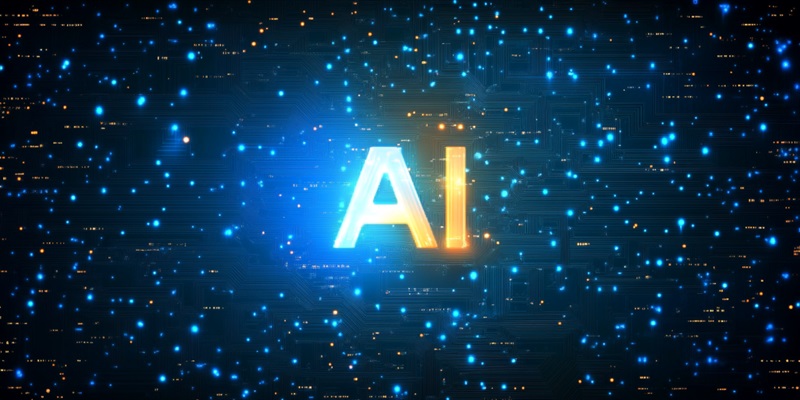Imagine a world where artificial intelligence and blockchain technology seamlessly integrate to enhance efficiency, security, and transparency across industries. This prospect becomes a reality with the Light Chain Protocol AI and its innovative Artificial Intelligence Virtual Machine (AIVM), which illustrates this groundbreaking fusion of AI with blockchain frameworks.
The AIVM features a specialized computational architecture designed to optimize AI-specific tasks within the Lightchain AI ecosystem. Tailored to handle complex AI computations, this system ensures the seamless integration of AI workloads into blockchain operations. Its key feature, efficiency in AI computations, is notable. The AIVM supports various AI processes, including model training, inference, and data transformation, making it ideal for real-time AI applications with its low-latency processing capabilities. This parallelized architecture significantly boosts the efficiency of AI computations within the ecosystem.
Integrating with prevalent AI frameworks is another forte of the AIVM. Compatibility with TensorFlow and PyTorch facilitates developers’ efforts in deploying existing AI models on the Light Chain Protocol AI platform. This interoperability ensures that AI developers can efficiently transition their models to this new protocol, leveraging the strengths of both AI and blockchain.
Additionally, AIVM features advanced privacy and security measures essential for ensuring the safety of sensitive data. Technologies such as Zero-Knowledge Proofs (ZKPs) and homomorphic encryption are employed to protect data during computations, fostering a robust framework for decentralized AI development. These measures are crucial in maintaining privacy and trustworthiness in AI applications.
Bias and centralized control in AI are significant concerns that the Light Chain Protocol AI addresses. AI systems often suffer from bias due to skewed training datasets and inadequate oversight, resulting in discriminatory outcomes across applications. Addressing this issue requires a thorough reassessment of how AIs are trained and implemented.
Centralized AI control is another issue that limits transparency and accountability, restricting access to essential computational resources. The dominance of large entities in AI development stifles innovation, discourages smaller players, and raises privacy concerns. This dominance leads to a lack of diverse perspectives in AI model development, which is a pressing issue in the technology landscape.
To mitigate these issues, Lightchain AI focuses on decentralized learning and governance. Decentralized learning involves federated learning, which allows diverse data contributions from various sources, promoting inclusivity and fairness while safeguarding data privacy. This approach reduces biases emerging from limited datasets and fosters a more representative AI training process.
Decentralized governance empowers token holders to vote on crucial aspects such as model updates, dataset selection, and fairness audits. By democratizing control, Lightchain AI encourages community involvement, increasing accountability and transparency in AI technology development. This distributed approach helps in creating a more equitable and balanced development environment.
Furthermore, Lightchain AI employs a transparent AI framework that leverages blockchain’s immutability and cryptographic proofs. This system ensures traceability, verifiability, and trust in AI computations, reassuring stakeholders and strengthening the credibility of AI-powered solutions. Transparency is vital for ensuring stakeholders’ trust and confidence in AI technologies.
In summary, the integration of the AIVM within the Light Chain Protocol AI represents the potential of combining AI and blockchain technology to address significant issues such as bias and centralized control. The platform’s decentralized approach ensures fairness, inclusivity, and transparency, marking a significant leap toward a more equitable AI future. This innovative convergence sets a precedent for future developments, driving the technology industry towards a more inclusive and transparent landscape.

